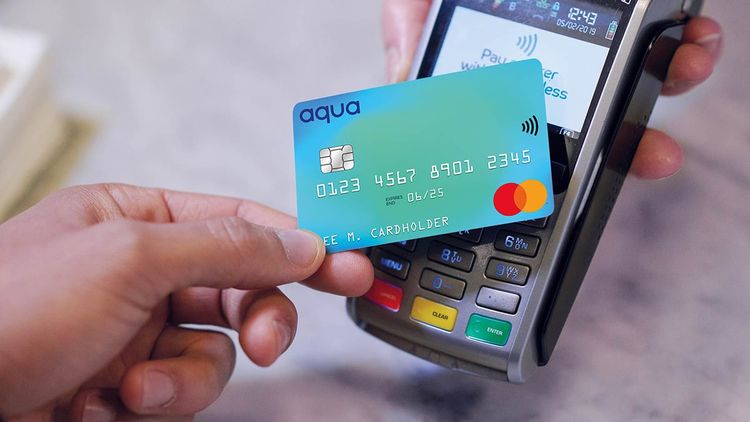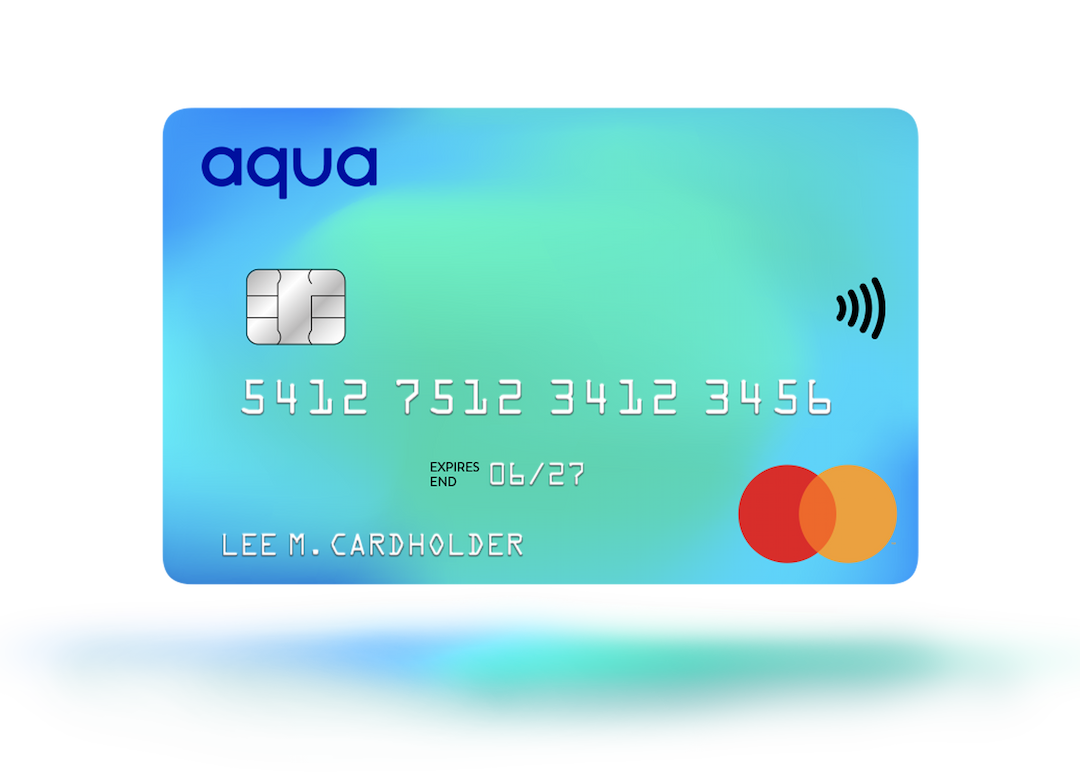What does APR mean on a credit card?
APR or 'Annual Percentage Rate' might seem complicated, but it's important to understand how it works.

You may have seen the term ‘APR’ used when searching for a credit card. While it might sound complicated, it’s important to understand what it is and how it works. This can help you make better informed decisions when taking out credit or using the credit cards you may already have. In this guide, we aim to explain it in simple terms, so let's get started.
APR explained
APR, which stands for Annual Percentage Rate, is the official rate used by lenders to help you understand the cost of borrowing. Stated as an annual figure, it takes into account the credit card interest rate and any account management fees to help you compare the cost of borrowing on one credit card versus another. Lenders must display the APR prominently on their advertising.
APRs vary from card to card. For instance, you may have one with an APR of 20% and another with an APR of 30%, but issuers are obliged to disclose their APR before you sign a credit agreement.
It's important to note that the interest is paid when there is an outstanding balance on your card. So, you won't be charged if you pay your credit balance on time and in full (not only the minimum payment). You often get charged interest when you carry over a balance on your credit card past your payment due date, but other transactions like late payments and cash advances are also subject to interest.
How does APR work?
Now that we know what APR means, here's an illustration to explain how it works:
We already know that if you carry a balance on your account, interest will be charged on your balance at the rate you were offered when you got the card (the APR). Interest will be added to your balance every month. In that case, if you purchase an item worth £500 on a credit card with a 12% APR, the APR interest will cost you £60 over the course of one year. So, you'd have to pay back £560, with the monthly payment amount being roughly £47.
The exact amount of interest you’ll owe each month is based on the balance you carry past your payment due date and if you made any additional payments in the month. The important thing to understand is that the longer you take to clear your balance, the lower your monthly payment will be, but the more interest you’ll pay in total over the period.
What is a good APR?
There's no definitive answer as to what a good APR is. The APR varies based on factors like the type of credit card you have, your credit score, what you use your credit card for, and even the state of the economy.
If you have a high APR, there's a good chance it's because you have a poor credit score or a limited credit history. To make things right, make sure to check our top tips on how to fix bad credit history.
The highest APRs are usually found on:
- Store credit cards
- Cash back credit cards
- Credit cards for bad credit
- Travel rewards cards
Credit cards from credit unions and low-interest credit cards are usually the cards with the lowest APRs and interest rates.
How APR is calculated and good practices
The APR is calculated by all credit card lenders in the same way, so that the interest rates quoted by different lenders can be directly compared. The aim is to help you accurately compare the cost of different products to see which is more expensive. If each lender used their own calculation, then it would be impossible to know which card offers the best value.
However, when it comes to how interest is calculated and accrues on your account, there are different variables taken into account, which can vary from lender to lender. It’s mainly these three things:
- Interest rate
- Average credit card balance
- Fees (such as annual fees)
For this reason, it can be tricky to figure out the precise amount of interest you’ll owe at the end of each statement period. You can get a rough idea by using our earlier, simplified example, which will get you pretty close to the repayment amount based on one flat balance held over the course of a year.
The main thing to remember is that the more of your monthly balance you pay, the more you will save in interest. If you are an Aqua customer, you can use our Repayment Calculator available in the Aqua app for help paying down your balance.
Good practices to avoid debt
Here are some great practices you should adopt to help stay in control of your borrowing:
1. Pay down your balance
Paying down your credit card balance is the best way to avoid getting into unmanageable debt. Letting your balances roll over into additional months can cause you to pay back more than what you borrowed. If you’re facing unemployment or financial hardship, try to get the lowest interest rate you can and use balance transfers to move your credit card balances to lower interest rate cards and to take advantage of cards with 0% promotional periods.
2. Review your credit card statement each month
Always review your monthly credit card statement to ensure that you’re only paying for charges you made and need. If you find any unidentifiable or fraudulent transactions, don’t hesitate to call your credit card issuer. If you have expenses or subscriptions you no longer need, cancel them.
3. Avoid withdrawing cash with your credit card
Using a credit card to withdraw cash can be handy, but it can also hurt your credit score. There’s also a fee attached to it, and the APR for cash advances can be higher than regular purchases on some credit cards. This increases the amount you’ll have to pay back. If you want to withdraw cash, it’s best to use a debit card or use a ‘money transfer’ to move a portion of your available credit limit to your current account.
4. Make a budget
Creating a personal budget can help you stay on top of your spending and plan for big expenses. Every month, decide how much you want to save, how much you have available to spend on necessities, and how much extra you can spend on your wants. This helps you control how much money you charge to your credit card.
5. Use your rewards
Many credit cards offer rewards such as points, travel rewards, airline miles, and even cash back on some purchases. So, watch out for them and take advantage where you can. It’s important to understand the cost of bad credit and get money smart. Aqua wants to help you on your journey to building better credit. We aim to say ‘yes’ to many different types of people, even if they’ve had a ‘no’ in the past
Know your APR
If you use a credit card, it's important to know what your APR is, how interest works and how it can affect you. Understanding the concept of interest can help you budget more effectively, avoid accruing too much debt, and help you build your credit history. If you have a bad credit score, an Aqua card could help you help you build better credit when managed well. Get started by checking your eligibility in just 60 seconds with no impact on your credit score.
Representative 34.9% APR (variable) for Aqua Classic
Failure to make payments on time or to stay within your credit limit means that you will pay additional charges and may make obtaining credit in the future more expensive and difficult.
You might also like
Slide 1 of 3
Understanding types of credit cards
Find out more about the common types of credit cards and which is right for you.

How to keep your credit healthy
Get actionable tips on keeping your credit rating healthy and avoid the pitfalls of bad credit.

What is a credit limit?
Find out how credit limits are set, how to increase or decrease yours, and whether you should.
The smart way to build better credit
Aqua is the credit card that gives you the power to improve your credit score
